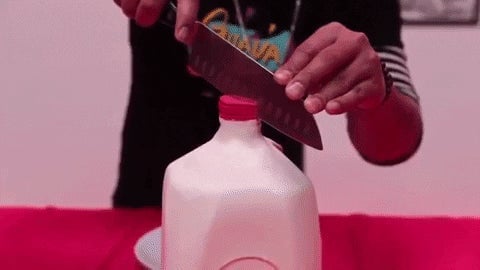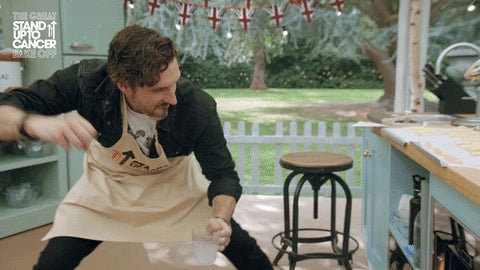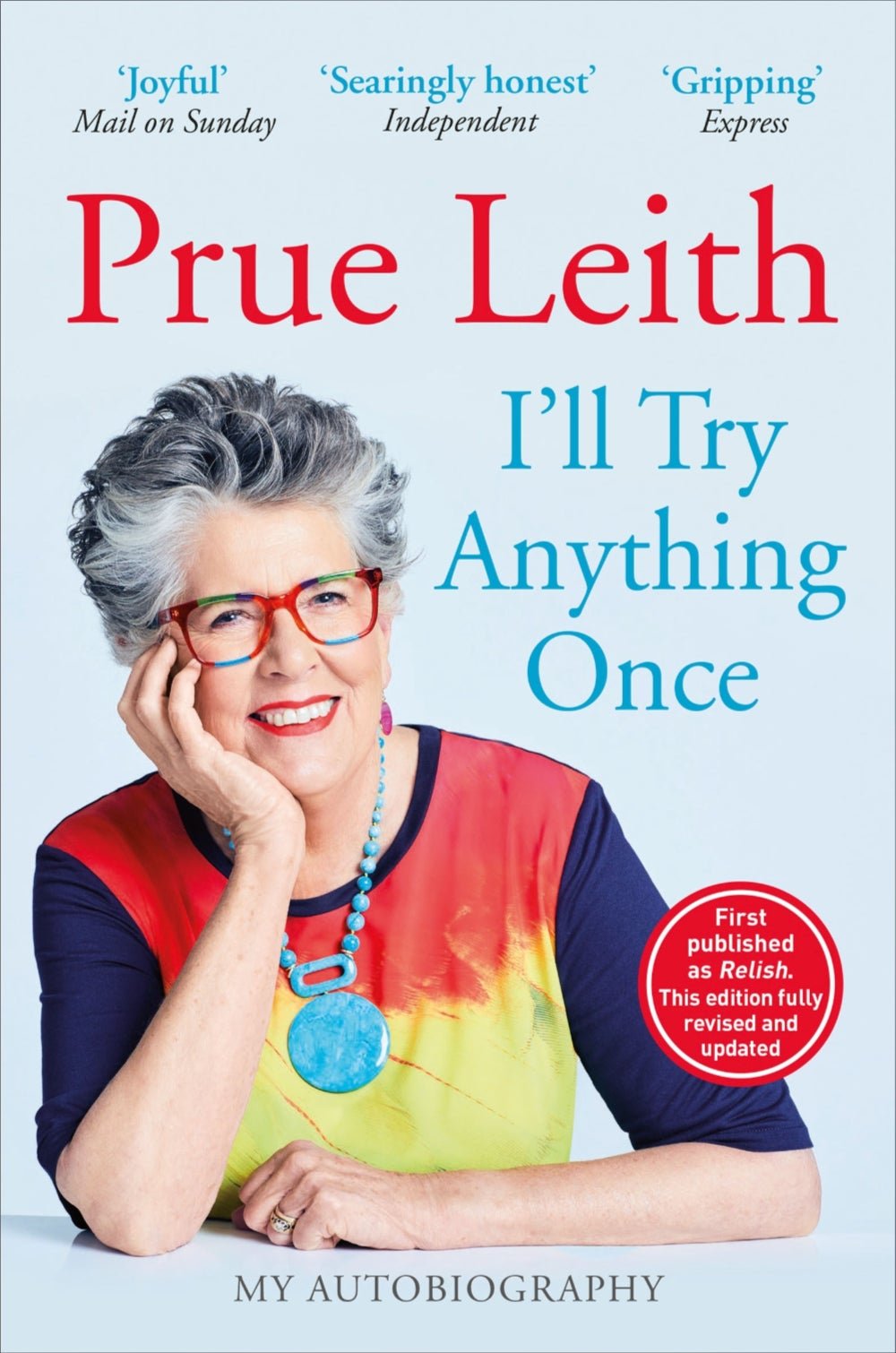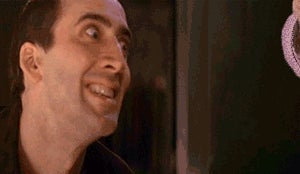Trompe l’oeil cakes: Have your fake and eat it, too
Sweet mystery


Sweet mystery
You’ve probably seen the viral video that made trompe l’oeil cakes famous: An unassuming red Croc sits atop a table, when, suddenly, a knife appears! Someone cuts into the Croc! And lo, it is not a Croc, but a cake.
Trompe l’oeil, or “deceives the eye,” does not apply just to cakes. It’s a technique widely used in a variety of art forms to create the illusion of three-dimensional space on a two-dimensional object. But in July 2020, the red Croc video broke the internet as we all had the simultaneous realization that there’s just something so compelling about cakes that look exactly like non-cakes. Bakers like Tuba Geçkil and Natalie Sideserf emerged as trompe l’oeil stars, and Netflix quickly cooked up a show called Is It Cake?, in which contestants try to trick celebrity judges into thinking their cakes are real, everyday objects.
As internet consumers, we’re more attuned to fake content than ever. And while sourdough has certainly had its moment in the sun, baking culture is still relatively niche on the internet. Has it simply come at the right time, when many of us are looking for an escape from reality? Is it a commentary on consumerism, intended to show us the ephemerality of material objects? Is it because we’re more attuned to fake content that the tricks appeal?
Let’s slice this cake open.
Brief history
1512: Michelangelo completes his fresco on the Sistine Chapel ceiling, using several trompe l’oeil techniques
1574: Henry III reaches for his napkin at a feast and discovers it is made of sugar paste
1789: Marie Antoinette probably doesn’t actually suggest that her subjects might eat cake—or more accurately, brioche—in lieu of bread
1929: René Magritte paints The Treachery of Images, questioning the reality of objects and, perhaps, foreshadowing a cake-fueled frenzy nearly a century later
2019: A dessert blog publishes a thorough rundown of New York City’s trompe l’oeil desserts more than a year before they go viral
2020: The red Croc video changes our perspective of what cake can be
2020: Marie Antoinette is internet-officially uncancelled (though just one day before, people called for the cancellation of fondant)
2022: Netflix premieres Is It Cake?, which topped the US charts and has been renewed for another season

Explain (what) it (isn’t) like I’m 5!
Trompe l’oeil cakes are supposed to be so visually tricky they make you ask, is it really cake? For a good example of what is not a trompe l’oeil cake, but sort of feels like one, look to the Great British Baking Show: Holidays episode featuring the cast of Derry Girls. Here, Siobhán McSweeney (whom you may know as “Sister Michael”) and the girls are tasked with creating a cake to represent their favorite decade. Themed cakes are not trompe l’oeil—we know Sister Michael’s campsite cake is not really a campsite—though they may involve sculpture or other visual elements.
By the digits
$5,000: Additional prize money that contestants on Is it Cake? can win if they correctly distinguish a cake from an actual pile of cash
35.2 million: Views amassed by the Tasty video of a red Croc cake
16 oz: Mini marshmallows required to make one large cake’s worth of fondant, in addition to 32 oz of confectioners sugar
1,078 kg: Mass of the largest dirt cake, per the Guinness World Records, which is decorated with chocolate cookie crumbs and other ingredients to resemble a garden scene
$350: Cost of a faience plate decorated “using traditional 18th century techniques” to look as if it contains real nuts
100: Number of trompe l’oeil bags in each drop by Nik Bentel, who encourages viewers “to reimagine their everyday objects”
Watch this!
Here, we can see some of the masterpieces created by Tuba Geçkil of Red Rose Cake: An electric tea kettle, complete with steam; a pink brick wall; an orange; a soap dispenser placed next to its real sibling; and a bag of walnuts. It’s all cake.
Take me on a 🎂 walk
Truth be told, researching this Obsession was a difficult and confusing journey, repeatedly raising the question of what is real and what is cake. After some grounding exercises, we recalled the days of yore, when another question of food reality took over the internet.
In 2011, New York state asked the question: “Is a hot dog a sandwich?” It determined, for tax purposes (pdf), that the answer is yes. From there, someone suggested that a PopTart is a type of ravioli. This led to an all-out brawl, culminating in the cube rule of food, “for identifying dishes based on starch locations.” Based on this rule, is cake toast? A sandwich? A calzone? Who’s to say?
This topic, in one tweet

For days after the Croc video dropped, the “everything is cake” meme ran Twitter. The tweet above captures so much more about the moment in time: The emotional turmoil, the separation of families, and the relative lack of clarity around health protocols. For a moment, a childlike wonder around seemingly real objects becoming a baked good provided some much-needed levity.
Pop quiz
One food item became a particularly popular subject of trompe l’oeil cakes in the summer of 2020. What was it?
A. A hamburger
B. An ear of corn
C. A plate of dim sum
D. Falafel

What is this, a crossover episode?
We can’t help but wonder: Is there a connection between the sudden popularity of trompe l’oeil cakes and American culture’s love of scams?
Both obsessions involve a bit of schadenfreude, a bit of surprise, and a bit of disbelief. The scam stories that have become most popular over the past few years typically involve some sort of major grift and stories of rampant consumerism; though on a much smaller scale, trompe l’oeil cakes also speak to consumerism through an immediate recognition of a particular object or brand, mirrored through the lens of literal consumption.
Mikey Day, host of Is It Cake?, perhaps puts it best: Humans share a “desire to pick out the ‘disguised something,’” an itch that both of these trends uniquely scratch.

Baker of interest
For those who haven’t jumped on board the Great British Baking Show (or Great British Bake Off, as it’s properly known in the UK) train, here’s a quick description: Every season, 12 of Britain’s best amateur bakers are selected to bake through challenges for judges Paul Hollywood and Prue Leith, with one baker eliminated each week. On a few occasions, the bakers have been tasked with creating trompe l’oeil cakes—though not to fool the judges, like on Is It Cake?
A few weeks ago, we got to chat with the inimitable Prue—who just published a memoir—about her thoughts on trompe l’oeil cakes. She’s judged several over the course of the show, and we asked if knowing so much about cake takes away the magic of a trompe l’oeil technique, or adds to the mystique.
“It helps to know about cake. If you know about cake and you know what techniques are required, then it’s really impressive. For example, if I’m judging a genoise, which is quite a difficult cake to make… if that’s done well then I’m really impressed by it. But I’m not particularly impressed by a particularly good victoria sponge because, well, anyone can make that.” Yes… “anyone.” 🤔

Poll
Are you cake?
💬 Let’s talk
In last week’s poll about bellwethers, 40% of you said you have more confidence in a sheep with a bell than a bellwether company. Touché. But 36% of you said you trust in Wall Street, and 24% said you’ll always follow what Warren Buffett does.
Today’s email was written by Sudie Simmons (cake), edited by Susan Howson (also cake!), and produced by Morgan Haefner (pie).
The answer to the quiz is B., An ear of corn.